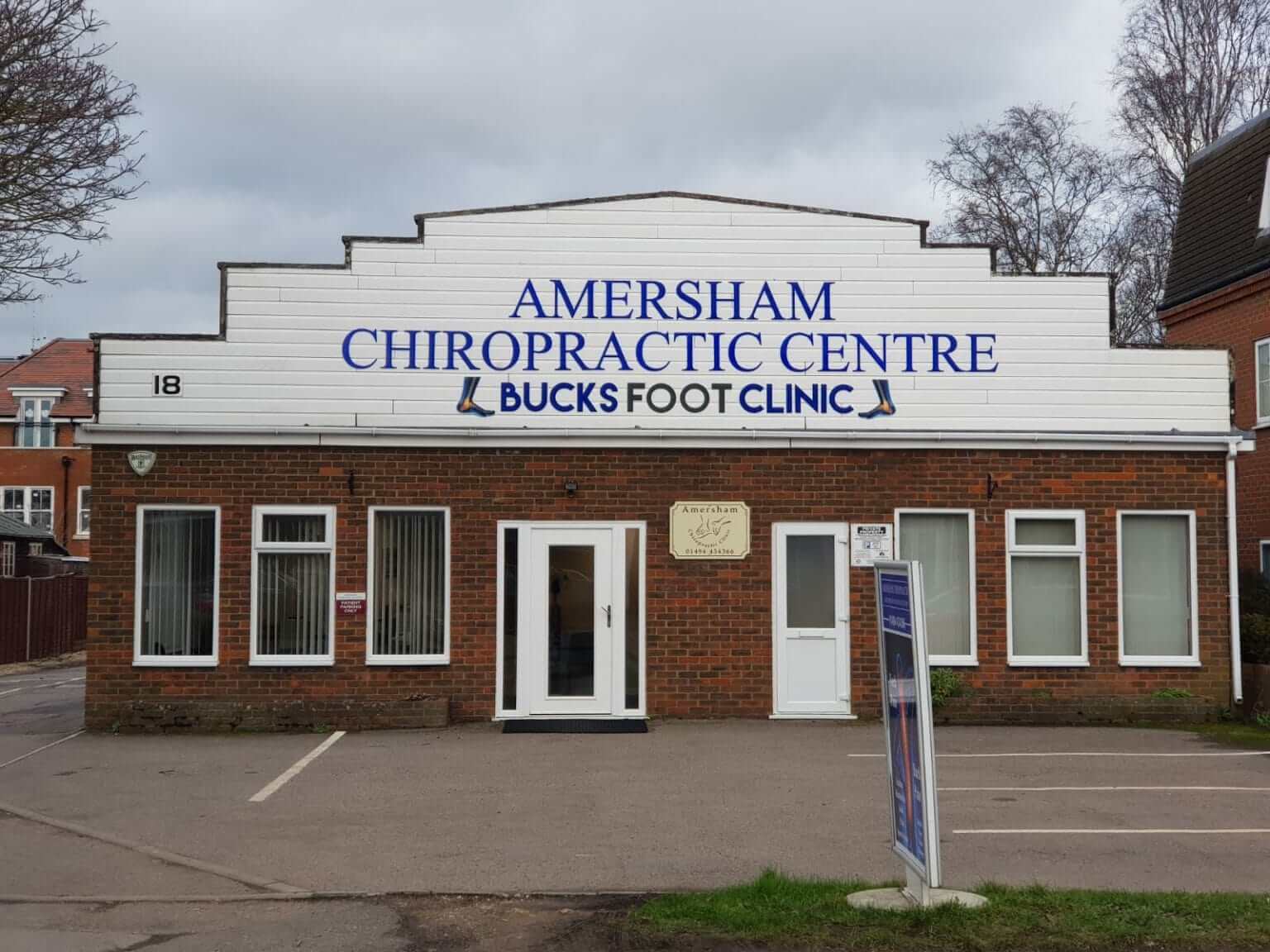
Are you experiencing pain in your toenail due to shoes? You could be dealing with an ingrown toenail. Everyone experiences an ingrown toenail at least once in their life. It is completely normal, especially since we put so much pressure on our feet all the time.
Some people get ingrown toenails more often than others, and this is usually part of a larger problem. If you deal with ingrown toenails regularly, it’s important to understand why and how you can stop them from recurring.
More often than not, wearing ill-fitting shoes can trigger your ingrown nail and cause pain in your toenail due to the shoes. Shoes are not always the cause of the issue, but they are a big culprit in most cases.
As podiatrists, we want to do everything in our power to promote proper foot care. That’s why we’ve put together this article to help you understand why you may feel pain in your toenail in shoes. Read on to learn more.
What Is An Ingrown Toenail?
Before we highlight the reasons for the pain in your toenail in shoes, we’ll give you a background on what ingrown toenails are so you can understand them better.
Ingrown Toenails occur when the edge or corner tip of your nail pierces into your skin and then begins to grow back into it. It can happen to everyone and is extremely common and can also be quite painful to deal with. When you have an unattended ingrown nail, chances of infections run high, especially if you’re on your toes a lot! When left unattended, these infections can spread into the underlying bone structures of your feet. This is why it’s always best to nip these painful growths in the bud!
Why Do I Feel Pain In My Toenail Due To Shoes?
Now that you’re up to speed with what ingrown toenails are, here are the reasons you may be experiencing pain in your toenail in shoes:
- Small, Misshapen or Cramped “Toe Box”:
The “Toe Box” is where your toes sit in your shoes. No matter what shoes your wear, your toes must always have enough wiggle room to move up and down and even side to side.
When your shoe’s “toe box” is too narrow, your toes will be rendered immobile from being crammed up together. This allows extra force to be exerted onto your toes; not just from the sides of the shoe, but from the toes rubbing against each other themselves. When your toes are forced into this position often, it can make your nails grow irregularly, and often into the skin (i.e. ingrown toenails).
If you wear shoes that are a size too small, you’ll feel your toes cram up against the front of your shoe. This is problematic as well. Even more so if you have a habit of cutting your toenails too short. - Loose Shoes:
Shoes that are too loose may slide around on your feet, especially when you’re running or playing sports. As opposed to being crammed in a small space, your toenails slam into the front of your shoes repeatedly.This is not an ideal situation either.This constant friction increases your risk of getting ingrown toenails, and it can also cause toenail trauma. Runners deal with “Black Toenails” a lot due to lose shoes, that cause bleeding under the nails. This can even lead to nails falling off and re-growing wrong. - High Heels:
When you wear high heeled shoes, you exert extra pressure on the front of your feet. The higher your heels, the more weight are put on your toes. Ill-fitting high heels can also push your toes against the front of your shoes, leading to ingrown toenails.
This of course doesn’t mean you have to throw out all your high-heeled shoes. Though we wouldn’t recommend wearing high heels on the regular, here are a few guidelines you can follow if you do wear heels:
- Try minimizing the amount of time you wear high heels. Maybe save them for just special occasions.
- Make sure your heels are 2 inches and no more than that.
- If you think you’ll be out for a long time, carry an extra pair of comfortable shoes to switch into.
- Try to wear “chunkier” heels like wedges, rather than thin ones like stilettos.
What If My Shoes Aren’t The Problem?
As we mentioned earlier, ill-fitting shoes aren’t the sole cause of ingrown nails, but they are usually the culprit when it comes to recurring ingrown toenails.
If you try following the above guidelines and wearing the right shoes but still find yourself suffering from ingrown toenails, you could be dealing with something else. Here are a few possible suspects:
- The way you cut your nails. Cutting your nails too short, curving them in the corners too much, or leaving them long can lead to ingrown toenails and other issues. When you trim your toenails, make sure to cut straight across, corner to corner, with just a little “overhang.”
- Genetics: Sometimes, people are naturally predisposed to getting ingrown toenails. This usually happens due to unusually curvy nails.
Don’t let this get you down, however! If you have a persisting ingrown toenail problem, we can help you. At Bucks Foot Clinic, our podiatrists will be able to identify the root cause of the problem and find a permanent solution. Depending on the severity of the situation, you may need to undergo a simple surgical procedure to fix your issue. We’d love to help.
Contact us and book an appointment today!
Please call us on 0800 107 3290 / 077 99 122 099 Or contact us now

Recent Comments